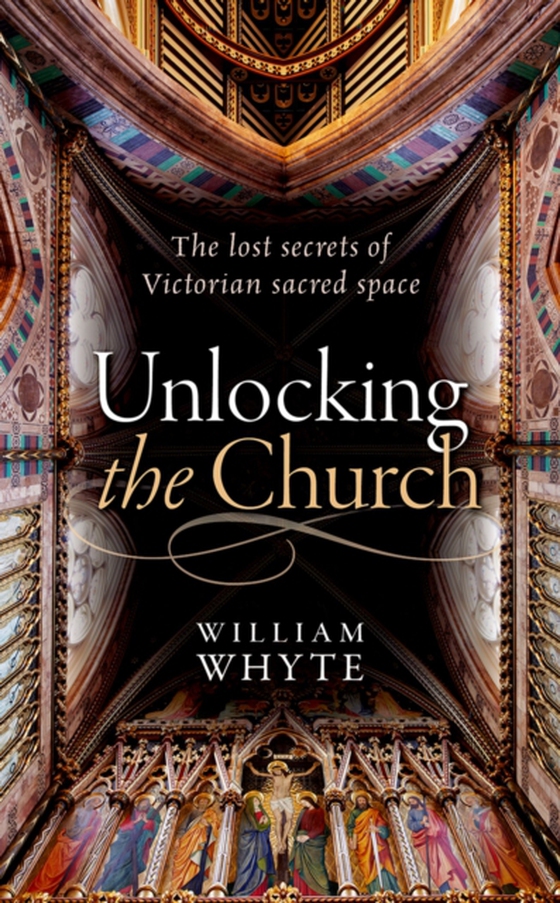
Unlocking the Church e-bog
96,99 DKK
(ekskl. moms 77,59 DKK)
The Victorians built tens of thousands of churches in the hundred years between 1800 and 1900. Wherever you might be in the English-speaking world, you will be close to a Victorian built or remodelled ecclesiastical building. Contemporary experience of church buildings is almost entirely down to the zeal of Victorians such as John Henry Newman, Henry Wilberforce and Augustus Pugin, and their id...
E-bog
96,99 DKK
Forlag
OUP Oxford
Udgivet
29 september 2017
Længde
240 sider
Genrer
3JH
Sprog
English
Format
pdf
Beskyttelse
LCP
ISBN
9780192515926
The Victorians built tens of thousands of churches in the hundred years between 1800 and 1900. Wherever you might be in the English-speaking world, you will be close to a Victorian built or remodelled ecclesiastical building. Contemporary experience of church buildings is almost entirely down to the zeal of Victorians such as John Henry Newman, Henry Wilberforce and Augustus Pugin, and their ideas about the role of architecture in our spiritual life and well-being. In Unlocking the Church, William Whyte explores a forgotten revolution in social and architectural history and in the history of the Church. He details the architectural and theological debates of the day, explaining how the Tractarians of Oxford and the Ecclesiologists of Cambridge were embroiled in the aesthetics of architecture, and how the Victorians profoundly changed the ways in which buildings were understood and experienced. No longer mere receptacles for worship, churchesbecame active agents in their own rights, capable of conveying theological ideas and designed to shape people's emotions. These church buildings are now a challenge: their maintenance, repair or repurposing are pressing problems for parishes in age of declining attendance and dwindling funds. By understanding their past, unlocking the secrets of their space, there might be answers in how to deal with the legacy of the Victorians now and into the future.
 Dansk
Dansk

